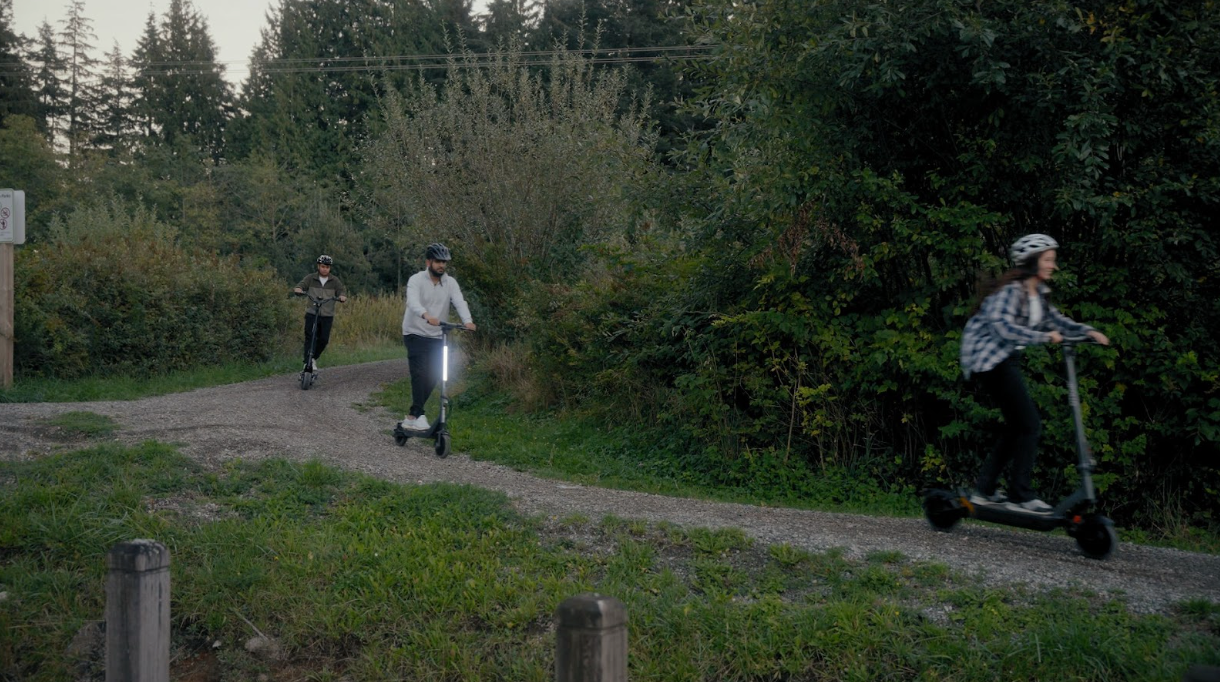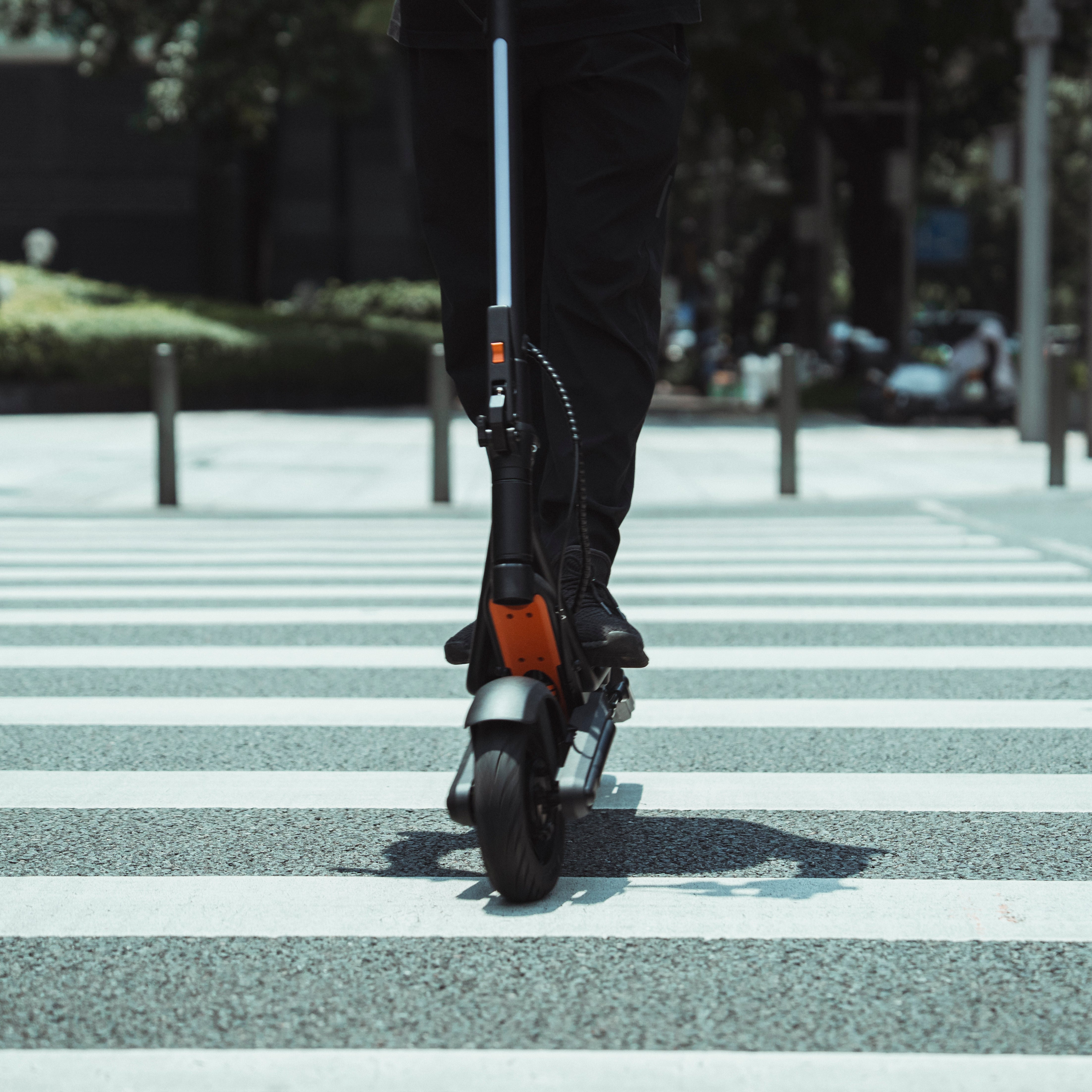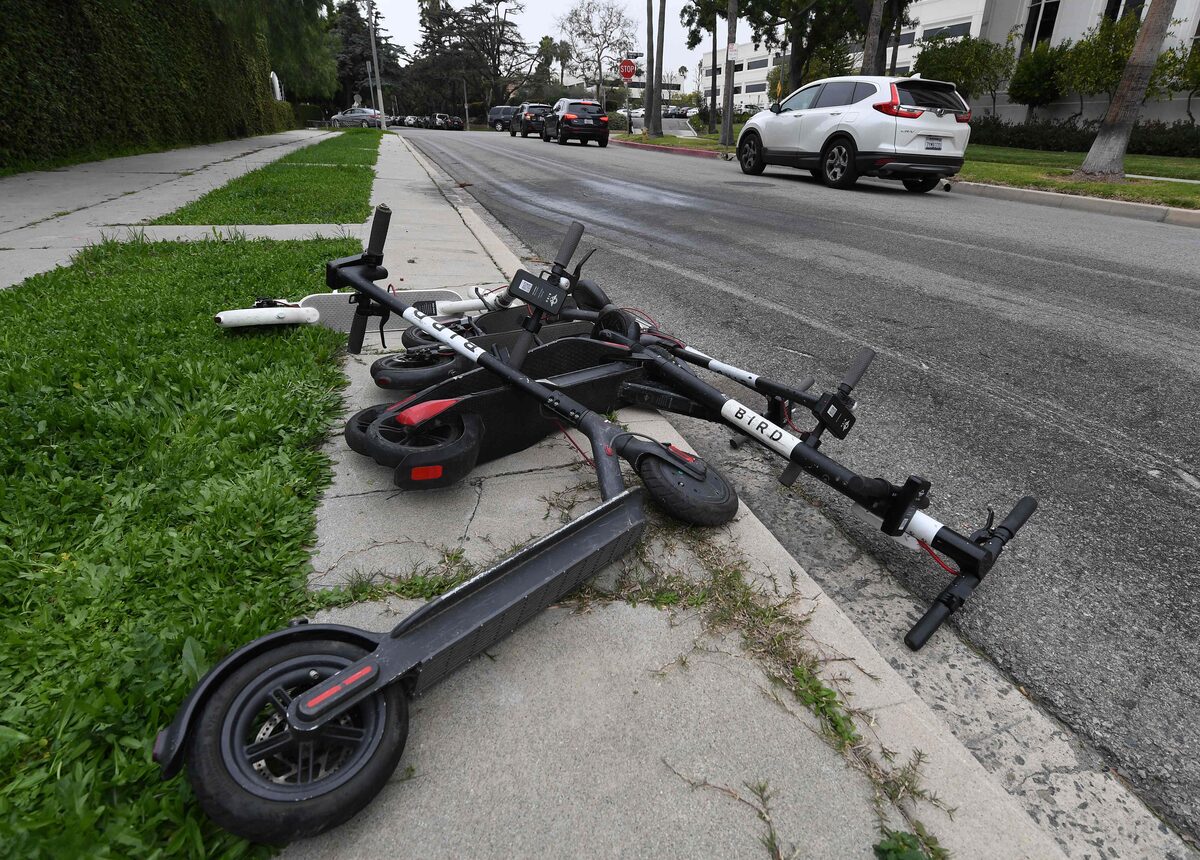Why Scooter Etiquette Matters
Scooter etiquette isn’t about which fork to use at dinner. It’s not about looking polished or avoiding embarrassment—it’s about respect, harmony, and above all, safety for you and everyone around you.
When riders ignore basic guidelines, the impact goes beyond just one person: it can cause accidents, block sidewalks, and create frustration for drivers, cyclists, and pedestrians alike. Practicing good e-scooter etiquette means creating safer streets and building public trust in micromobility.
Unfortunately, in many cities around the world, scooters have been banned because riders didn’t follow the rules. If scooters are permitted where you live, it’s in your best interest to respect local regulations and encourage others to do the same—so we can all keep enjoying the ride.

Rules of the Road for E-Scooter Riders
Let’s start with the basics: riding an e-scooter comes with the same responsibility as driving a car, motorcycle, or bicycle. That means following traffic laws and respecting others on the road. While regulations differ by city, here are some universal best practices every rider should follow:
-
Ride in designated lanes
Rules vary, but scooters are usually allowed on roads with a speed limit under 50 km/h and in bike lanes. Never ride on sidewalks unless explicitly permitted. -
Respect speed limits
In most places, the maximum speed allowed for e-scooters is 25 km/h (the same as e-bikes). However, limits can change depending on your location, so always double-check. -
Obey traffic signals and signs
Stoplights, stop signs, and right-of-way rules apply to e-scooters just as they do to cars and bikes. -
Avoid sidewalks
Sidewalks are for pedestrians. Riding there can be dangerous for both you and others. -
Use signals
Indicate your turns with hand gestures or use your scooter’s built-in turn signals if available. This helps drivers and cyclists understand your intentions. -
Wear protective gear
Helmets are often the only legally required equipment, but we strongly recommend wearing a full-face helmet and protective riding gear—especially if you’re sharing the road with cars.

⚠️ Important: E-scooter laws are evolving quickly and can vary not only by state but even by city. Always check your local regulations before you ride.
Respecting Pedestrians and Cyclists
We can’t stress this enough - electric scooters are an electric vehicle. So yielding to pedestrians is not optional. Remember: electric scooters are under close watch at the moment, most only being allowed on the streets thanks to pilot programs. In other words, if there’s an important number of accidents, or complaints from wrongful use, they could end up getting banned. So, be courteous to ensure you can keep riding:
-
Yield to pedestrians at all times—whether crossing the street or walking in shared-use paths.
-
Pass with care when overtaking cyclists or slower riders. Always give enough space and announce yourself politely. If you’re going at high speeds and don’t keep enough distance, a sudden movement from you or the pedestrian can turn into an accident.
-
Keep speeds reasonable in mixed-use paths or crowded areas. A little patience goes a long way in preventing collisions.
Parking Etiquette for Scooters
Improperly parked scooters are one of the most common complaints in urban areas - and one of the reasons why several cities banned electric scooter riding for some years. To avoid creating obstacles for pedestrians or blocking accessibility:
-
Always park in designated areas when available.
-
Never block doorways, ramps, or sidewalks
-
Use scooter racks, bike racks, or curbside drop zones provided by the city.
-
Also remember - scooters have electrical components and batteries, that while they have certain standards, they can’t take heavy rainfalls or constant direct sunlight. Park them in shaded and covered areas when parking more than just a couple of minutes.
Good parking etiquette keeps sidewalks clear and shows that riders respect their community.
Group Riding Etiquette
What’s the fun of riding if you can’t ride with your pals? We get it, one of the best things of riding a scooter is going with other riders, but but group rides require extra awareness to avoid accidents and being a nuisance to others:
-
At most times, ride single file in bike lanes to avoid blocking others. Yes, we get it, there may be some lanes that are wide enough for side-by-side riding, but most of them are not. AND it’s dangerous to drive that close to each other.
-
Avoid spreading out across the road, which can frustrate cars and cyclists. If you’re riding on the road, allow faster vehicles to pass you by easily. You never know when there’s someone in a rush and they may not be the most careful or patient driver, which could result in an accident. Stay safe!
-
Communicate clearly within the group when stopping or turning. Be conscious of the stopping power of your scooter and reaction time of the group. A sudden turn could result in a crash if not everyone has the same ability or speed of reaction as you do!
-
Consider battery charge. You may have the biggest battery, but not everyone in the group will have the same range. Consider the shortest range of the group to avoid leaving someone stranded in the middle of the ride.
Responsible group riding ensures that everyone—both in and outside the group—stays safe.
Safety Habits Every Rider Should Follow
We said it before, etiquette is beyond “being nice” it’s a way to ensure you stay safe and for those around you. Remember to follow the best practices for scooter safety. Here’s the most important to follow:
-
Wear a helmet to reduce the risk of serious injury.
-
Make sure your scooter’s lights, brakes, and tires are working before you ride.
-
Stay alert—avoid headphones or phone distractions.
-
Ride responsibly by adjusting speed in high-traffic or poor weather conditions.
Environmental and Community Considerations
E scooters aren’t just fun—they’re part of a larger movement toward sustainable transportation. Practicing proper scooter etiquette supports this mission by making cities safer, cleaner, and more accessible.
When riders respect local laws and other road users, it helps build public confidence in electric scooters as a reliable mode of transport.
How Scooter Etiquette Builds Trust in Micromobility
The future of micromobility depends on rider behavior. Cities are more likely to expand scooter programs and invest in designated bike lanes when they see riders acting responsibly and micromobility being overall a net positive rather than an increase in accidents.
By following the principles of electric scooter etiquette, you’re not just protecting yourself—you’re helping to create safer, more scooter-friendly cities.
Quick FAQs
What is the proper etiquette when riding an electric scooter?
Follow local laws, ride in bike lanes, yield to pedestrians, and park only in designated areas.
Are scooters allowed on sidewalks?
In most cities, no—scooters belong in bike lanes or the street. Always check local laws.
How do I ride an e-scooter safely in traffic?
Obey traffic signals, signal turns, and stay predictable for drivers and cyclists.
Where should I park my electric scooter?
In designated areas, racks, or curbside scooter parking zones—never blocking sidewalks or entrances.
Do I need to wear a helmet when riding a scooter?
Yes—helmets are one of the most effective scooter safety measures and required by most municipalities.






